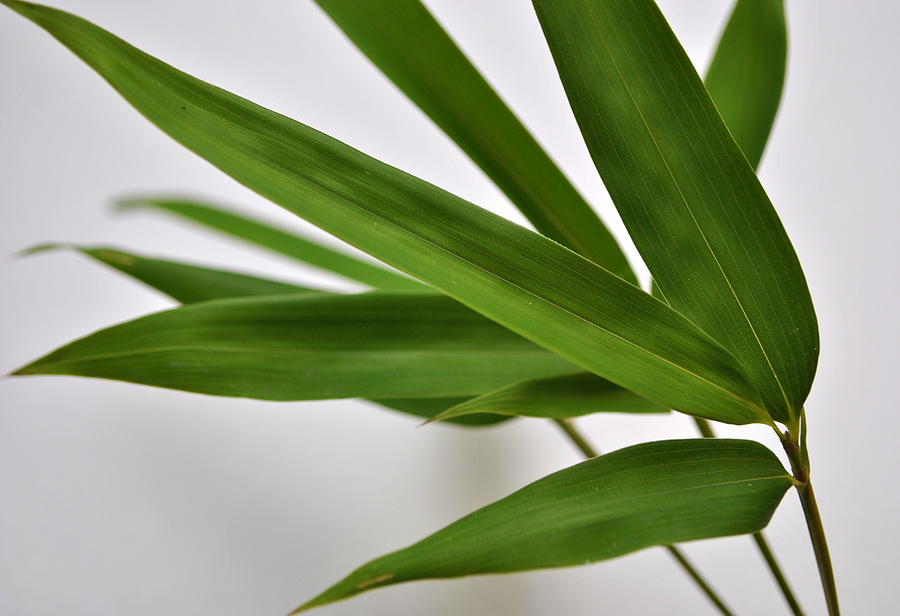



In the right climate, this can be a very impressive and rewarding species to grow, either ornamentally or commercially. Moso bamboo cultivation ( Wikicommons) Cultivating Moso Bamboo In parts of China, where it is native, this species flourishes in vast forests.Ĭheck out our in-depth articles on Timber Bamboo and Running Bamboo to learn more. Moso bamboo is especially revered for its great size, impressive growth rate, and tremendous usefulness. This is one way of distinguishing it from its close relatives. Moso’s older species name, pubescens, meaning hairy, refers to the fine hairs that grow on the young culms. In fact, even experts can have a hard time telling them apart. Moso looks pretty similar to other large species of Phyllostachys, including Vivax, Giant Gray, and Japanese Timber ( P. A mature grove of Moso Bamboo will put out shoots with a 4-5 inch diameter.
Moso bamboo growth rate full#
From this complex underground root system, new culms shoot out of the ground in the growing season and quickly grow to their full height. Members of the genus Phyllostachys are running bamboos, meaning that they spread and propagate by way of sprawling rhizome roots. But like most Phyllostachys, it can also tolerate more temperate zones and is cold-hardy down to about 10º F. In these regions, the plant can reach its full potential, with towering culms of 90 feet or more, and growing a couple of feet a day in the growing season. Native to Southern China and Taiwan, Phyllostachys edulis thrives in the warmer, balmy climates. Semiarundinaria fastuosa: Temple bamboo Check out my 40-page Bamboo Species Guide available for instant download.Chimonobambusa quadrangularis: Square bamboo.Take a look at some of these other pages to learn more.
Moso bamboo growth rate series#
This is part of an ongoing series about selected bamboo species. (See our article on Giant Bamboo to learn more.) And when people speak of bamboo growing two or three feet a day, Moso is one of the varieties that can actually do that. When you see bamboo scaffolding on skyscrapers in Hong Kong and China, it’s very likely Moso. When you hear about bamboo clothing and bamboo flooring, these are products of Moso. Moso is nothing new, but in recent years it has sparked a revolution in agriculture, textiles and construction. The common name, Moso, comes from the Chinese mao zhu, which also means hairy bamboo. But until recently it had been listed as Phyllostachys pubescens, meaning ‘hairy bamboo’. The scientific name, Phyllostachys edulis, means something like ‘edible bamboo’. In ideal conditions, this giant grass can grow three feet a day and reach 100 feet tall. Widely used in the production of flooring, textiles and building materials, Moso is arguably the most economically important bamboo species in the world. Phyllostachys edulis, better known as Moso Bamboo, is a prevalent species of timber bamboo, native to China and Taiwan. But Moso Bamboo, also known as Phyllostachys edulis, is one species of bamboo worth raving about. Some are thin, wispy and ornamental, while others may be massive, thorny and industrial. In fact, there are some 1,500 different species and cultivars of bamboo with an enormous range of qualities and characteristics. When people talk about bamboo, they often speak in hyperbole, describing the plant’s astronomical growth rate and its mind-boggling variety of uses.


 0 kommentar(er)
0 kommentar(er)
